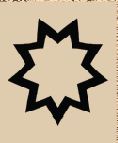 | 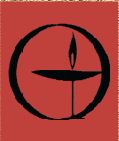 | 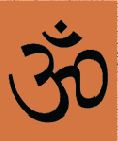
|
A simple nine-pointed star is generally used by Baha'is as a symbol of the Faith. It is shown on the banner with the white background. The number nine has significance in the Baha'i Revalation. Nine Years after the announcement of the Bab In Shiraz, Baha'ullah received the intimation of his mission in the dungeon in Teheran. Nine, as the highest single-digit number, symbolizes completeness. Since the Baha'i Faith claims to be the fulfillment of the expectation of all prior religions, this symbol, as used for example in nine-sided Baha'i temples, reflects that sense of fulfillment and completeness.
| While Unitarian Universalists do not have traditional signs or symbols, the flaming chalice, shown with the deep red background, has become widely used in Sunday services. In the days preceding World War II, the Boston-based Unitarian Service Committee was attempting to rescue Unitarians and other religious liberals from those parts of Europe where lives were threatened by Nazism. The flaming chalice was the code by which those needing to be rescued identified themselves to the Unitarian Service Committee. The flame that rises from the chalice represents the light of illumination and understanding.
| The word Om (also called Pranava) is comprised of three constituent sounds: “ah”, “u”, and “m”. These sounds mean respectively the Creator, Preserver, and Dissolver. In Sanskrit the sounds of vowels “a” and “u” combined together produce the sound that is equal to “o”. Therefore “(a + u) + m = o + m = Om. These three sounds imply, among many other things, the three Vedas and three divisions of the universe — the past, the present, and the future. Each consistent sound in Om represents a large set of names of God. Therefore, by reciting Om we meditate upon many different attributes, manifestations, and powers of God. Om is considered the best name of God. |
 | 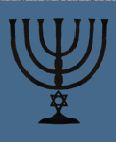
|  |
Though it is also found in many ancient cultures, the most universally recognized symbol for Christianity is the cross. It is displayed here on a purple background. Christian scriptures record the death of Jesus on a cross. In Christianity, the cross became not only a symbol of the shameful death of Jesus Christ crucified as a criminal, but also of his subsequent resurrection to eternal life and of the promise of salvation.
| The Seven Branch Candelabra was commanded by G-d to be placed in the Tabernacle and then was placed in the Holy Temples. It is displayed on the bright blue background. In Jewish holy writ, it states that the candle represents the good deed or mitzvah while the flame represents wisdom (Torah Knowledge). The menorah is an everlasting symbol that we can only serve the Al-mighty if we internalize the wisdom of the ages and this should lead to good deeds that are done spontaneously and wisely rather than mechanically and by rote
| The symbol "Palm of a Hand" is most popular and widely known as the Jain religion symbol. The palm of the hand signifies this assurance, 'do not be afraid', indicating that human beings who are suffering due to karmic bondage do not need to be disheartened but have faith and change the course of their actions by treading the path of righteousness. The Wheel of Dharma (Chakra) with 24 spokes represents the religion preached by the 24 Tirthankars (Jain Gods) consisting of Ahimsa (non-violence) in thought, words and action. It is the distilled essence of the religion. |
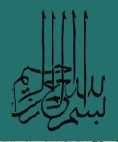 | 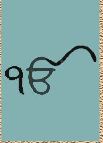 | 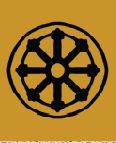
|
The Muslim banner is done in Arabic on a green background and shows the first line of the Holy Qur’an, an opening that is inspiring and inviting to all believers and seekers of Islam. The English translation is, “In the name of Allah, the Most Gracious, the Most Merciful.”
| Ikonkar –God is One– is the essence of the philosophy of Guru Nanak, founder of Sikhism, the fifth largest religion of the world. The symbol, formed by a combination of numeral “1” and Syllable O, is pronounced Ik-o-ankaar. In its customary symbolic form the numeral stresses the divine singularity or unity of the Primal Being. It symbolizes the eternal and omnipresent Creator, and universality of creation, and thus communal fellowship of humanity. | The Wheel of Dhamma is displayed on a golden background and represents Buddha’s noble eight-fold path, which is comprised of Right Understanding, Right Thought, Right Speech, Right Action, Right Livelihood, Right Effort, Right Mindfulness and Right Concentration.
|









